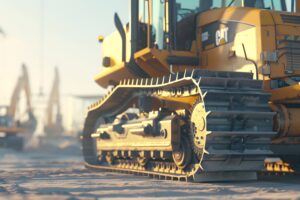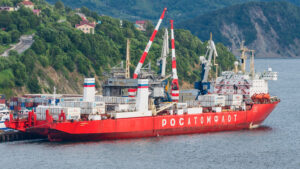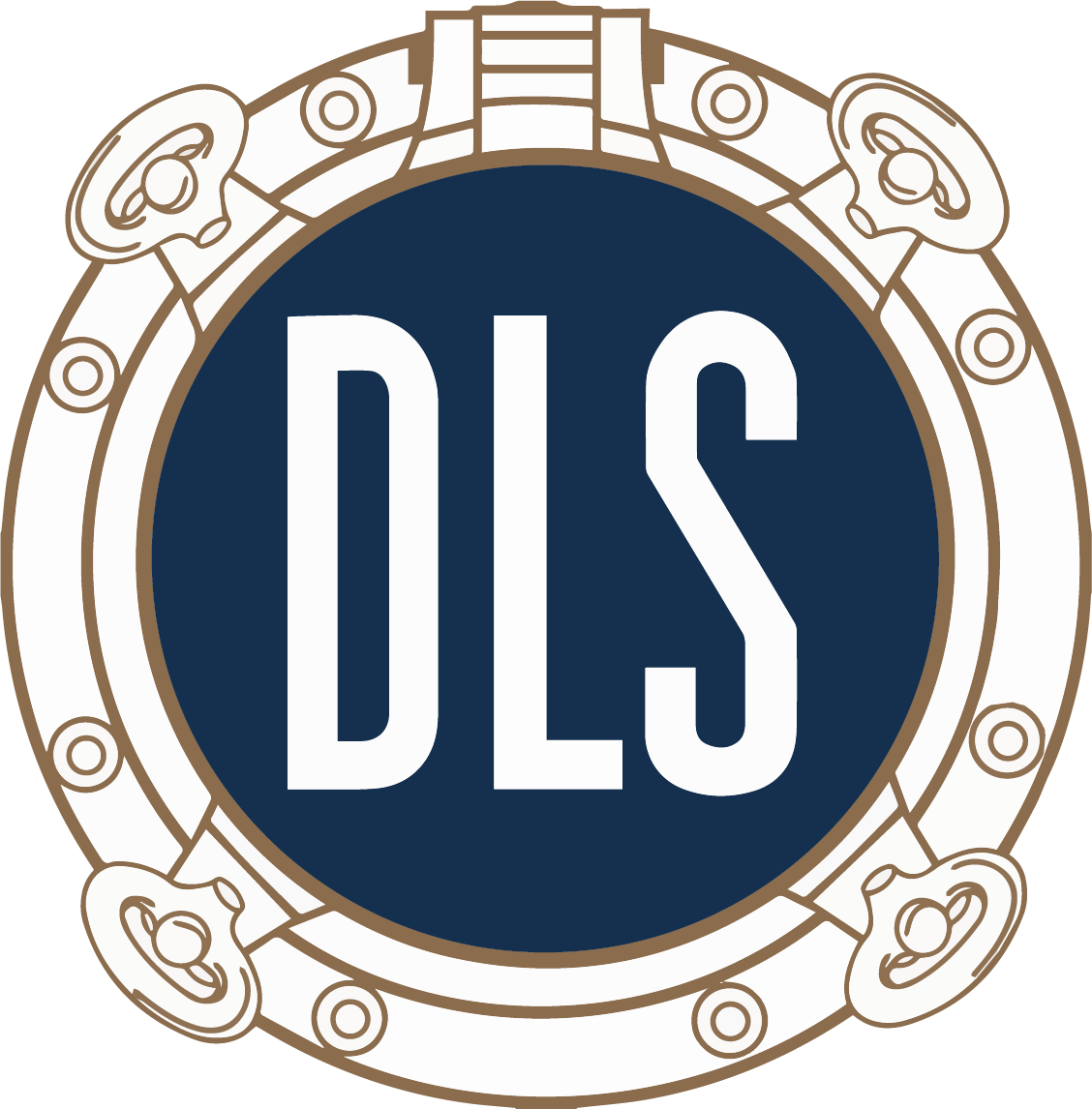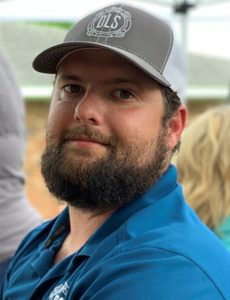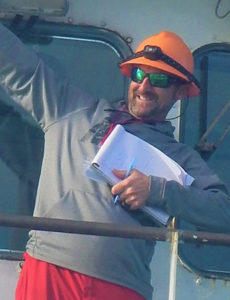- March 31, 2021
- Industry
- Will the U.S. Join the Green Wave?
Since we cannot know all that there is to be known about anything, we ought to know a little about everything.
Blaise Pascal (1623-1662)
The Paris Agreement of 2016 was the United Nations’ move to limit GHG and global warming. Of the four major emitters of GHG: China, the United States, EU27, and India (in that order), only the EU countries have reduced their emissions, although not yet by the targeted amount.
The U.S. withdrew from the Paris Agreement in 2020 joining the major GHG emitting countries of Iran, Turkey and Iraq, which had never ratified the agreement.
Previously, in October 2020, the House of Representatives put forth House Bill 8632, Ocean Based Climate Solutions Act of 2020 (OBCSA). In 2021 the U.S. rejoined the Agreement.
This bill covers a lot of territory. Among its goals is expanding scientific ocean research to better understanding coastal problems and solutions for better coastal barrier protection, prevention of algae blooms in south Florida, and research on how water temperature changes will affect the valuable U.S. coastal fisheries.
Much of the bill was copied from the EU version and in line with the U.N.’s Paris Agreement. With the International Maritime Organization (IMO) being a part of the U.N., the Paris Agreement emission rules are applied to ocean transportation. My many blog subjects over the past year have been about the changes in ship design and operations that have been forced by the emission standards set up by the IMO. I have commented several times that while the U.S. has not been a direct part of these regulations, domestically, U.S. ships and U.S. manufacturers of ships and ships equipment used in international commerce must comply with the laws that are being enforced in other countries. With the passage of OBSCA the U.S. will be enforcing these laws.
Of course the bill will not pass in its original form but I do believe that the portions applying to shipping will be close to the original form.
For the big picture, here are the aims of the bill:
- Reduce greenhouse gas emissions;
- Increase carbon storage in blue carbon ecosystems;
- Promote coastal resiliency and adaptation;
- Improve ocean protection;
- Support climate-ready fisheries
- Tackle ocean health challenges; and
- Restore U.S. leadership in international ocean governance
For the maritime general interests:
TITLE III—OFFSHORE ENERGY
Subtitle A—Oil and Gas Leasing in the Outer Continental Shelf
Sec. 301. Prohibition of oil and gas leasing in all areas of the Outer Continental Shelf.
Subtitle B—Offshore Renewable Energy
Sec. 311. Sense of Congress on the importance of offshore wind energy.
Sec. 312. National offshore wind goals.
Sec. 313. Removing roadblocks for data sharing.
Sec. 314. Increasing funding for scientific research.
Sec. 315. Extending collaboration with industry.
Sec. 316. Developing strategies to protect wildlife.
Sec. 317. Offshore wind for the Territories.
Sec. 318. Marine energy research
Sec. 319. Increasing funding for coastal conservation and resilience
There will probably be some fighting over some of these points.
And for most of the readers of this blog:
TITLE IV—CLIMATE-READY FISHERIES, EFFICIENT FISHERY VESSELS, AND BUY AMERICAN SEAFOOD
Sec. 404. Fuel efficient fishing vessels.
TITLE XIV—MEASURES TO ADDRESS GREENHOUSE GAS POLLUTION FROM SHIPPING VESSELS
Sec. 1401. Greenhouse gas emissions from shipping.
Sec. 1402. Quiet Seas and Clear Skies Vessel Speed Reduction Award Program
This last section fits in with the general thrust of the IMO emissions regulations with the goal of establishing monitoring, reporting, and verification requirements of greenhouse gas emissions applicable “to all vessels of 5000 gross tons or more calling at, leaving, or transiting between, or at berth at, ports in the United States, regardless of flag”. (Sections 1401-1402).
If you want to see the detail that the devil brings, look at Bill 8632, Title XIV, pages 309-310.
This is not a “game changer” as most international shipping has already been trying to comply with the IMO emission rules, but it will add some weight to the greening of marine transportation and the flow of investment dollars.
BACK TO THE FUTURE?

I try to stick with subjects closely related to the jobs and interests of the readers, but this piece of proposed new technology amazes me.
Stena Bulk has come out with a ship design called the InfinityMAX concept. It is the old LASH (Lighter Aboard SHip) and the Sea Bee cargo handling systems adapted by using current and possible future technology.
LASH came out in the late 1960’s and was used successfully by American and Russian operators. The concept was the use of floating “containers”, i.e., barges. Standardized 60’ x 30’ x 13’ deep, rectangular steel or fiberglass hopper barges would be loaded anywhere on an inland river system and moved in a river/canal tow to a major hub port. There the barge, with a capacity of 380 metric tonnes, would be loaded on a specially designed ship. LASH ships had the deck house forward and the rest of the length of the ship had cargo holds with cells, similar to container ships. A large gantry crane could move the length of the ship and over the stern. A tug would move a LASH barge under the crane which would lift it and place it in one of the holds. For discharge the process would be reversed with a tug taking a barge from under the crane where the barge could then be moved to its destination on an inland waterways system.
This worked perfectly between the waterways of the United States, mostly through the port of New Orleans, and the waterways of Europe, mostly through Rotterdam.
The Sea Bee system worked similarly and was designed and operated mainly by the American Company Lykes Brothers Steamship starting in the early 1970’s.
The Sea Bee barges were larger, at 850 metric tonnes, and were lifted at the ship’s stern by means of a Syncrolift elevator. But the business plan and service were similar to LASH with the Sea Bee ships also have special wing tanks to carry liquid cargos in smaller parcels.
The Stena ship is all of the above. But instead of the ship carrying up to 75 LASH barges or up to 38 Sea Bee barges, it may be set up to carry multiple floating “modules” which can be dropped off outside a port and moved by tugs. The future fit of the idea is that these will not just be dry cargo hopper barges. These modules will be customized to carry any cargo. There will be modules that will be, in effect, a dry cargo barge, but others will be chemical, LNG, ammonia, methane, edible oils, or even CO2 from carbon capture. Each one of these modules will be self-sustaining, with power from solar or even their own gas bleed off.
My 60 years in the business tells me the devil is in the details, and there are a whole lot of safety and regulatory details involved here. But it is a great concept.
THE REARVIEW MIRROR
[Occasionally I will be looking at technical and regulatory subjects I wrote about in past blogs and bringing us up to date on where they have gone (or not gone)].
In December 2020 I opined on the status of scrubber installations and the point that the price spread between High Sulfur Fuel Oil (HSFO) and Low Sulfur Fuel Oil (LSFO) was small enough to make the payoff time for scrubber installation to be a possibly unwise financial decision. In the latest statistics from BIMCO and Clarkson’s, scrubber installations are continuing.
Clarkson notes that they are more popular in larger ships, the ones that burn more fuel. As of March 12, 3947 ships had scrubbers installed which is 3.9% of the number of ships in the world fleet. But measured by the world fleet tonnage this is 20.8%, one fifth. BIMCO breaks scrubber installations down to 15.9% of all container ships, 11.4% of bulkers, 24.5% of crude carriers, and 4.2% of oil product tankers. But if you measure these numbers by cargo capacity (TEUs/DWT), the percentages go up, also indicating scrubber use in the larger ships. But with the current price spread between LSFO and HSFO in the range of $100 to $110 USD and the belief that the spread has to be around $150 USD to justify a payoff within a reasonable time, a decision for scrubbers may be puzzling.
Moving with the times is a challenge. We old hands wrestle a bit with Excel but realize what a great help it can be in handling appraisal assignments involving a large number of assets in a fleet. New software and “the cloud” allows us to put together excellent reports, including photos and tables, from almost any location. But still the basis for what we do and what we teach the younger staff, is what we learned building DLS with the guidance we got from merchant mariner and marine survey mentors like Bob Stickney and Leo Weisgerber.
P.S. As a Tulane fan I couldn’t help myself when choosing a title for this edition.
If you’d like to keep this conversation going, send me an email at nlaskay@DLSmarine.com.

